Blockchain Industry Use Case Explorer
Select an industry below to learn about its blockchain applications and benefits:
Supply Chain
Traceability & Fraud ReductionImmutable ledger tracking product movement from origin to consumer.
Healthcare
Patient-Controlled DataCryptographic keys enable patients to control access to medical records.
Digital Identity
Sovereign Identity ManagementSelf-sovereign identities provide control over personal data.
Finance
Fractional Ownership & InclusionTokenization enables fractional ownership of assets like real estate.
Insurance
Automated Claims ProcessingSmart contracts automate payouts based on predetermined conditions.
Entertainment
Transparent Royalty DistributionNFTs and smart contracts ensure fair artist compensation.
Selected Industry Details
Click on any industry card above to view detailed information about its blockchain applications.
When people hear Blockchain technology is a decentralized ledger that records transactions across multiple computers, they often picture Bitcoin or other cryptocurrencies. In 2025 the story has changed: enterprises across the globe are using blockchain applications to solve real‑world problems, from tracing a coffee bean’s journey to granting patients control over their health data.
TL;DR
- Supply chain uses blockchain for traceability, cutting fraud and waste.
- Healthcare leverages immutable records for patient privacy and faster claims.
- Digital identity platforms give users sovereign control over personal data.
- Financial services now include tokenized real‑estate, stablecoins, and micro‑lending.
- Insurance, media, energy, and AI are all being reinvented with smart contracts.
Supply Chain and Logistics
Supply chain is the network of processes that moves goods from raw material to consumer. By anchoring each handoff to a blockchain transaction, companies create an immutable audit trail. IBM Food Trust, for example, lets growers, processors, and retailers record temperature data for perishable goods, cutting spoilage by 30% in pilot programs. Maersk’s TradeLens platform logs container movements, reducing paperwork and customs clearance times by up to 40%.
Start‑ups like VeChain add IoT sensors that automatically push temperature, humidity, and GPS data to the ledger, so a single scan at any checkpoint reveals the full history. The result? Fewer counterfeit products, quicker recalls, and consumer confidence that a piece of salmon really came from a certified fishery.
Healthcare and Patient Data
Healthcare is the industry focused on the maintenance and improvement of human health. Traditional electronic health records (EHRs) sit in siloed databases, making data sharing slow and error‑prone. Blockchain‑based EHRs give patients a single cryptographic key to grant or revoke access. Medicalchain’s platform lets a patient share a lab result with a specialist in seconds, eliminating fax delays and reducing redundant tests.
Because every access request is recorded on an immutable ledger, insurers can verify claim authenticity instantly, shrinking processing time from weeks to days. Moreover, the decentralized model complies with GDPR and New Zealand’s Privacy Act, since no single entity holds the entire dataset.
Digital Identity and E‑Governance
Digital identity is the online representation of a person, organization, or device verified by cryptographic methods is the cornerstone of trust in the internet age. Estonia’s e‑Residency program stores identity credentials on a private blockchain, enabling citizens to sign documents digitally with legal force. India’s Aadhaar integration with blockchain prototypes is reducing identity fraud in banking by 25%.
SelfKey and other self‑sovereign identity wallets let users manage passports, driver’s licences, and educational certificates in one encrypted vault. When a university issues a diploma, the blockchain entry can be instantly verified by any employer without phone calls or paper checks.
Financial Services, Tokenization, and Inclusion
Beyond cryptocurrencies, the finance sector is turning to tokenization - the process of representing real‑world assets as digital tokens. Platforms like RealT let investors buy fractional shares of rental properties, lowering the entry barrier from $50,000 to $100. BanQu provides blockchain‑based micro‑loans to unbanked farmers in Kenya, recording repayment histories that traditional banks can trust.
Stablecoins such as USDC and emerging Central Bank Digital Currencies (CBDCs) offer the speed of crypto transfers while remaining pegged to fiat reserves, making cross‑border payments settle in seconds instead of days.
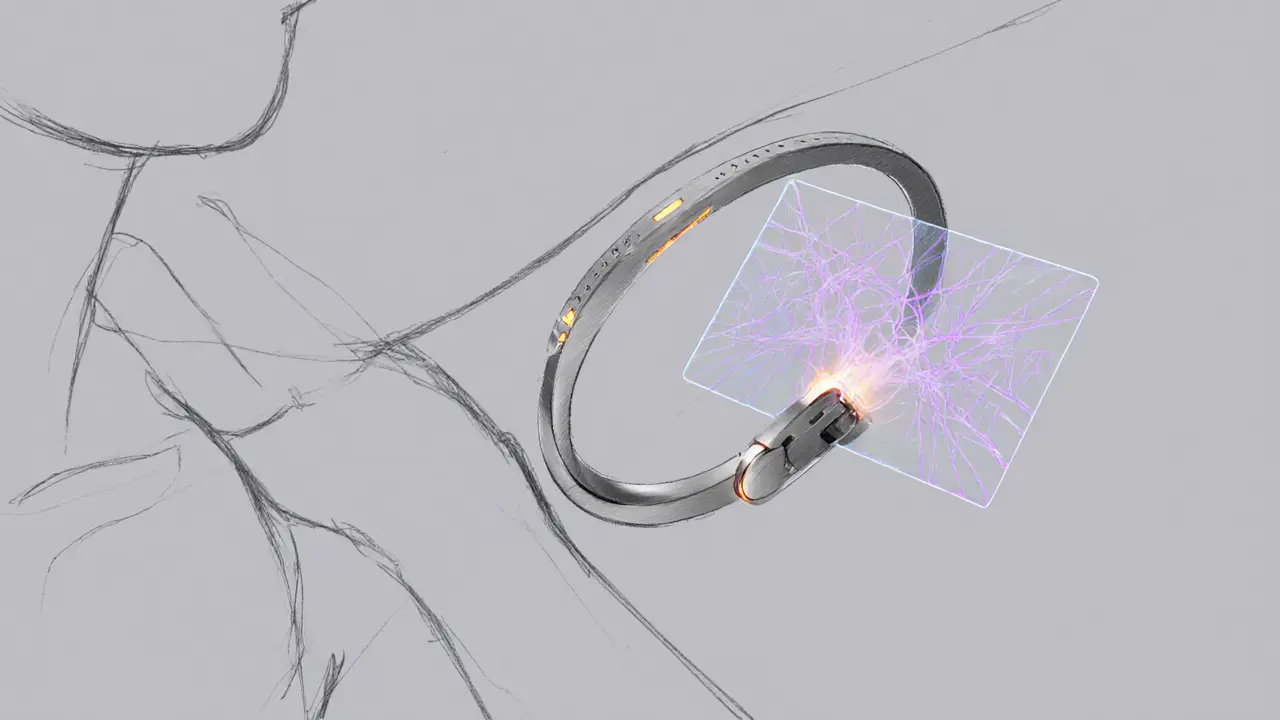
Insurance Automation
Insurance is a risk‑management product that provides financial compensation for loss. Smart contracts encode policy terms directly onto the blockchain. In a flight‑delay claim, the airline’s API pushes the actual arrival time to the ledger; if the delay exceeds the threshold, the contract auto‑pays the passenger without manual paperwork.
Claims fraud drops dramatically because every policy and payout is traceable, and underwriters can query historic data instantly to price risk more accurately.
Entertainment, Media, and NFTs
The creative industry struggles with piracy and opaque royalty distribution. Blockchain‑based digital rights management records the ownership of a song, video, or artwork at the moment of creation. Platforms like Audius use smart contracts to split streaming revenue 70/30 between artists and the platform, with payouts occurring in minutes.
Non‑fungible tokens (NFTs) add a public proof of authenticity, allowing collectors to verify provenance without relying on galleries. Musicians can mint limited‑edition album NFTs that grant holders backstage access, creating new revenue streams.
Energy Trading, IoT, and Decentralized Infrastructure
Decentralized Physical Infrastructure Networks (DePIN) bring real‑world assets onto the blockchain. In energy markets, households equipped with solar panels upload generation data to a blockchain ledger; neighbors can buy excess kilowatts directly, settling payments via crypto‑stablecoins. The immutable record eliminates disputed meter readings and supports peer‑to‑peer grids.
IoT devices authenticate themselves through blockchain identities, ensuring firmware updates come from trusted sources and preventing botnet hijacks.
Artificial Intelligence Meets Blockchain
AI models require massive datasets, and data provenance is critical. Decentralized AI (DeAI) platforms store training data hashes on blockchain, guaranteeing that the data used to build a model hasn’t been tampered with. This boosts trust for regulated sectors like finance and healthcare.
Furthermore, Blockchain‑as‑a‑Service (BaaS) offerings from Azure, AWS, and IBM let enterprises spin up private ledgers in weeks, accelerating adoption across every industry mentioned.
Comparison of Key Industry Use Cases
| Industry | Primary Benefit | Typical Blockchain Feature | Real‑World Example |
|---|---|---|---|
| Supply Chain | Traceability & fraud reduction | Immutable ledger, smart contracts | IBM Food Trust, Maersk TradeLens |
| Healthcare | Patient‑controlled data | Permissioned network, cryptographic keys | Medicalchain EHR platform |
| Digital Identity | Sovereign identity management | Self‑sovereign IDs, zero‑knowledge proofs | Estonia e‑Residency, SelfKey wallet |
| Finance / Tokenization | Fractional ownership & inclusion | Token standards (ERC‑20, ERC‑721) | RealT real‑estate, BanQu micro‑loans |
| Insurance | Automated claims processing | Smart contracts, audit trails | Flight‑delay auto‑payout contracts |
| Entertainment | Transparent royalty distribution | NFTs, royalty smart contracts | Audius streaming platform |
| Energy & IoT | Peer‑to‑peer trading | DePIN, tokenized metering | Solar‑panel micro‑grid trading |
Next Steps for Organizations
- Identify a low‑risk pilot: choose an internal process (e.g., invoice reconciliation) and map how a blockchain ledger would improve it.
- Pick a platform: public (Ethereum, Polygon) for tokenization, or permissioned (Hyperledger Fabric, Corda) for regulated data.
- Engage stakeholders early: explain the immutable nature, data privacy controls, and potential ROI.
- Measure outcomes: track reduction in processing time, fraud incidents, or cost savings over a 6‑month period.
- Scale gradually: once the pilot shows value, expand to supply‑chain partners, patients, or customers.
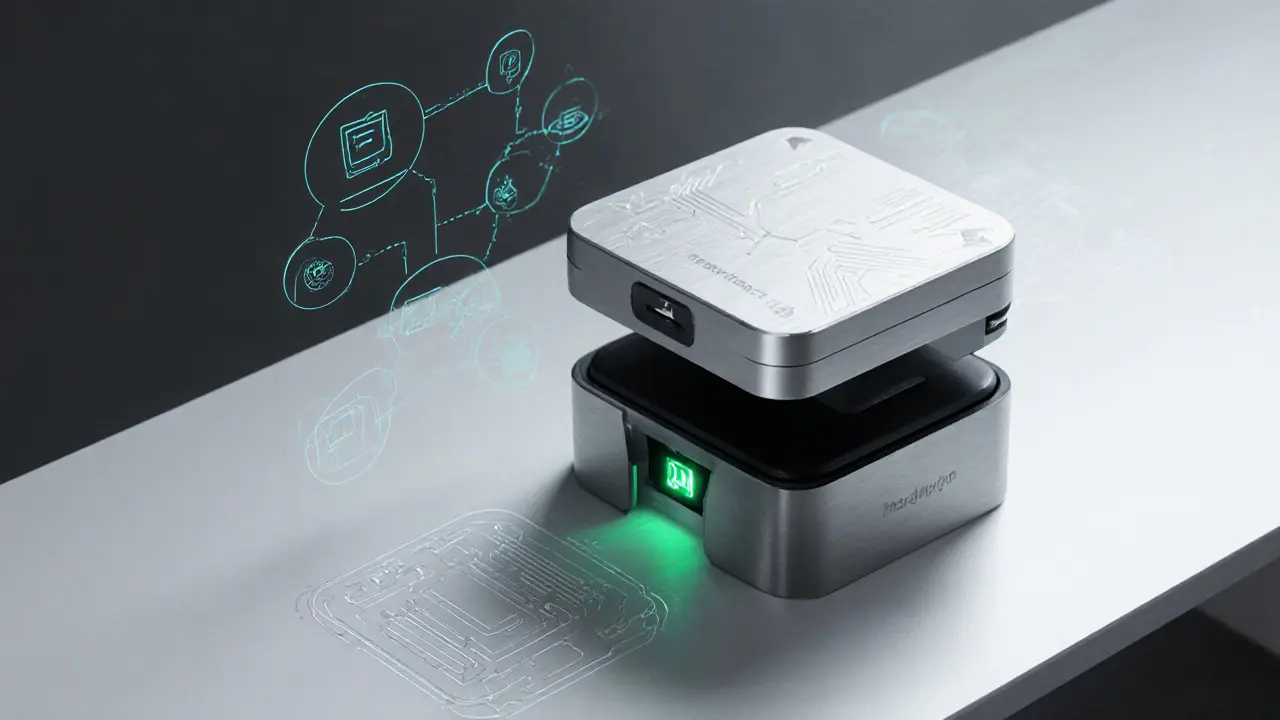
Frequently Asked Questions
How does blockchain improve supply‑chain transparency?
Each product movement is recorded as a timestamped transaction on a shared ledger. Because the data cannot be altered, all parties can verify provenance in real time, cutting counterfeit risk and speeding up recalls.
Can patients really control their health records with blockchain?
Yes. In a permissioned health network, a patient holds a private key that grants temporary read access to doctors, labs, or insurers. Every access request is logged, giving patients full auditability.
What’s the difference between a tokenized asset and a cryptocurrency?
A cryptocurrency is a native digital cash, like Bitcoin. A tokenized asset represents ownership of a real‑world item-real‑estate, art, or commodities-using a blockchain token that can be bought, sold, or fractionated.
Are there regulatory risks when using blockchain for identity?
Regulators focus on data protection and anti‑money‑laundering rules. Permissioned blockchains that store only hashes (not raw personal data) typically meet GDPR and local privacy standards.
How fast can blockchain‑based energy trading settle?
Using layer‑2 solutions or private ledgers, settlements can happen in seconds, far quicker than traditional utility billing cycles that take weeks.
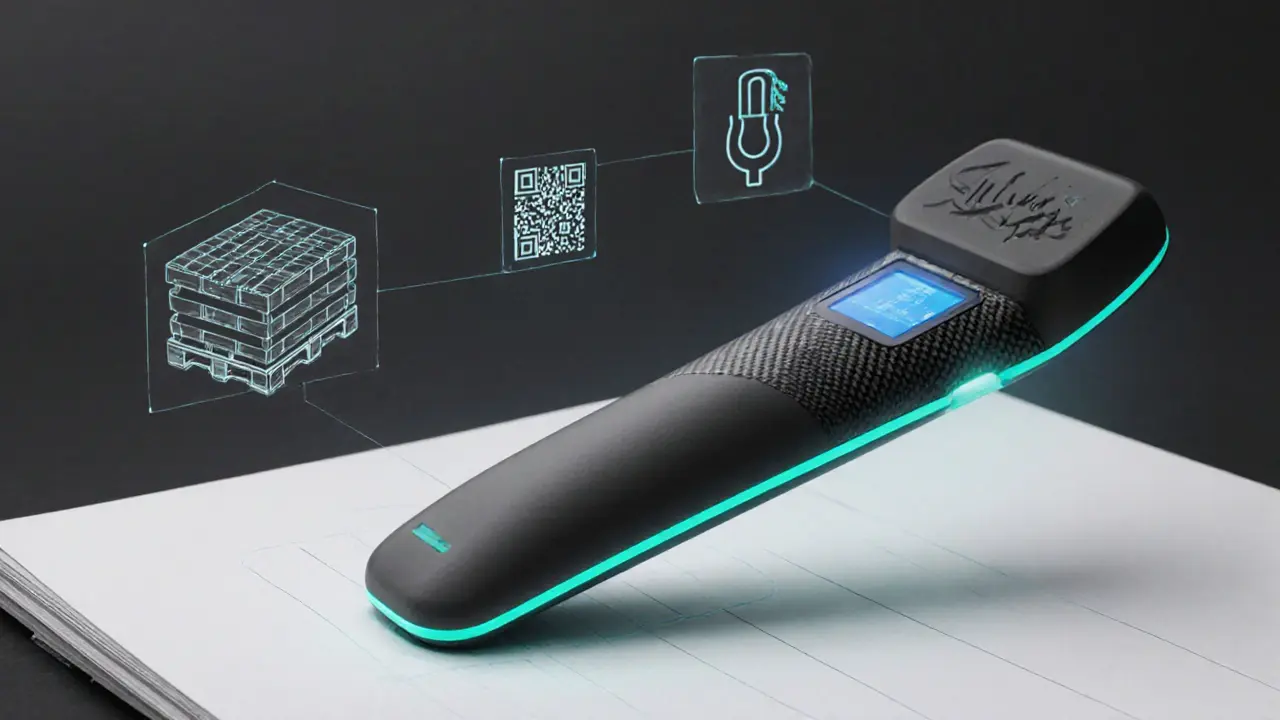
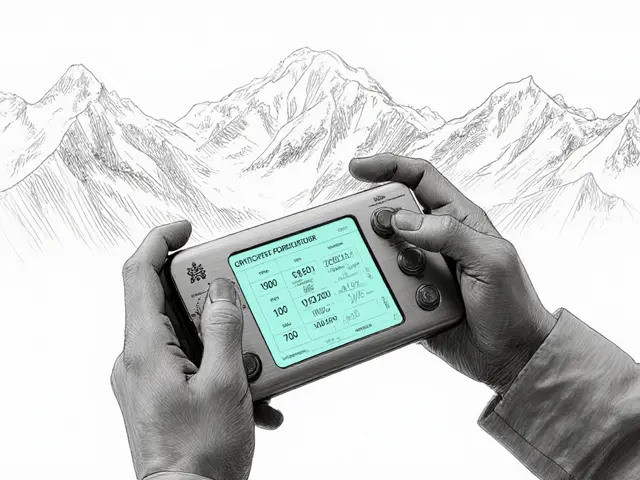
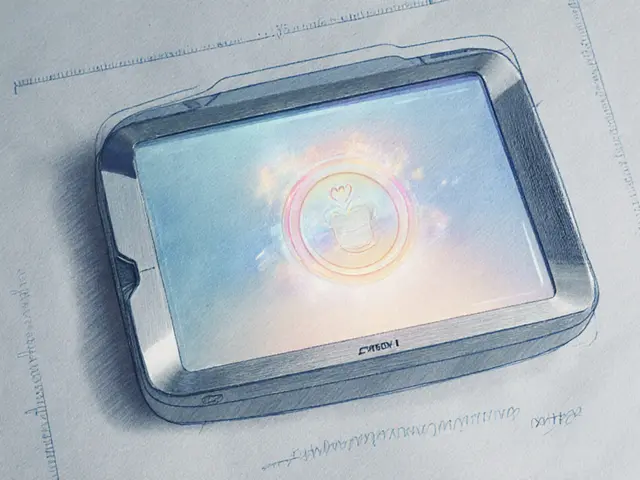

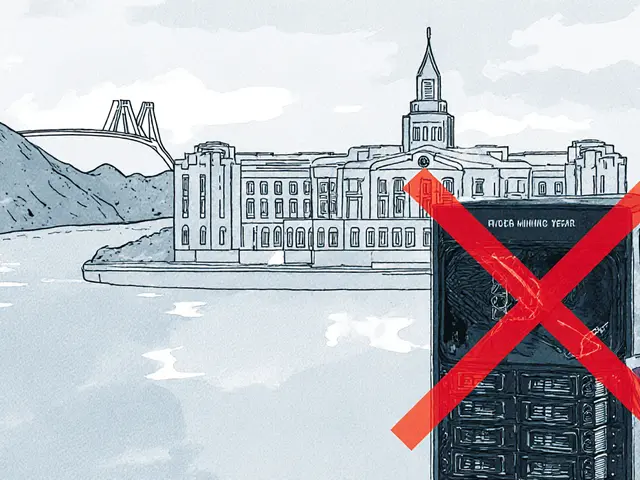
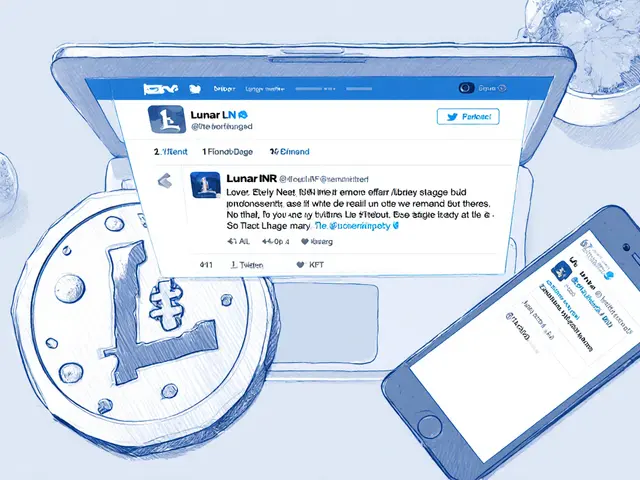
Allie Smith
16 February, 2025 . 22:56 PM
Yo, reading this feels like a breath of fresh air – it's wild how blockchain moved from crypto hype to actually fixing real problems. The supply‑chain stuff reminds me of that old saying about trust being the currency of commerce. If you think about it, a transparent ledger is like a digital conscience for products. And the patient‑data part? That's literally giving power back to people, which is the vibe of the future. I'm super hopeful these pilots keep growing, because the ripple effect could be massive. Keep pushing, folks – the world needs this optimism.
Lexie Ludens
22 February, 2025 . 02:37 AM
Wow, this is the most overhyped nonsense I've ever seen.
Aaron Casey
27 February, 2025 . 06:19 AM
From a technical perspective, the integration of immutable ledgers with IoT telemetry in supply‑chain logistics creates a verifiable data pipeline, reducing error propagation and enabling real‑time provenance analytics. Leveraging Hyperledger Fabric's permissioned channels ensures compliance while maintaining throughput, which is critical for high‑volume freight operations. Moreover, the cryptographic hash anchoring of EHR entries aligns with HIPAA's auditability requirements, providing both confidentiality and integrity. The tokenization frameworks (ERC‑20/721) discussed also pave the way for fractional asset exposure, democratizing investment opportunities. Overall, the convergence of these protocols indicates a maturing blockchain stack ready for enterprise deployment.
Leah Whitney
4 March, 2025 . 10:00 AM
That's a solid overview, Aaron. I'm curious how organizations can start small – maybe by tokenizing internal assets like equipment usage rights before jumping into full‑blown real‑estate tokenization. Also, the patient‑controlled EHR model could be piloted within a single hospital network to iron out privacy workflows. Feel free to share any playbooks you've seen that cut the learning curve.
Marketta Hawkins
9 March, 2025 . 13:42 PM
Honestly, all these foreign tech solutions are just copy‑pasting western ideas. The US has the best frameworks, and we should stick to home‑grown standards. 🌎💪
Drizzy Drake
14 March, 2025 . 17:23 PM
Hey everyone, great points being tossed around! I want to dive a little deeper into why the long‑term success of these pilots matters. First, when you look at supply‑chain visibility, the immutable record cuts down recall times dramatically – we’re talking days instead of weeks, which saves both money and lives. Second, patient‑data sovereignty isn’t just a buzzword; it actually reduces duplicate testing, which lowers healthcare costs and speeds up treatment decisions. Third, tokenization of assets creates new liquidity sources – imagine a small town investor buying a slice of a commercial building through a smart contract, that’s financial inclusion in action.
Now, let’s talk about integration challenges. Most legacy ERP systems weren’t built for blockchain, so a middleware layer is essential. Companies that invest in API‑first architectures see a smoother transition. Also, governance is key – you need a consortium model that balances trust with regulatory compliance. In my experience, permissioned ledgers like Corda give you that sweet spot.
On the developer side, using familiar tools such as Solidity for smart contracts lowers the learning curve. Pair that with cloud‑based BaaS (Azure, AWS) and you can spin up test environments in weeks, not months. Security audits are non‑negotiable – a single vulnerability can undo all the trust you built.
Finally, measuring impact is crucial. Track metrics like transaction latency, cost per record, and user adoption rates. When you see a 30% reduction in processing time and a noticeable drop in fraud incidents, you’ve got a win. Keep sharing your pilot results, and let’s build a knowledge base that helps everyone accelerate adoption.
Stay curious, stay collaborative, and let’s keep pushing the envelope together!
AJAY KUMAR
19 March, 2025 . 21:05 PM
Finally, someone gets blockchain right!
bob newman
25 March, 2025 . 00:46 AM
Oh sure, because letting strangers lock your medical records on a public ledger is exactly what the government wants you to believe. Next they'll tell us the Illuminati is funding the whole thing. 🙄
Anil Paudyal
30 March, 2025 . 04:28 AM
I think the key is to start small and test the tech before big roll‑outs.
Kimberly Gilliam
4 April, 2025 . 08:09 AM
Well duh, it's another tech fad, nothing new here.
Jeannie Conforti
9 April, 2025 . 11:51 AM
Great summary! It really helps to see real examples like IBM Food Trust and Medicalchain. I think starting with a simple use case, like invoice tracking, can show quick ROI and get stakeholders on board.
Zack Mast
14 April, 2025 . 15:32 PM
Honestly, the whole thing feels like a philosophical exercise-does decentralization truly empower us, or just shift control to another invisible elite? The emotional weight of handing over personal data to a network that no one truly understands is unsettling. Yet, the promise of sovereignty over identity taps into a deep human desire for autonomy. We must ask ourselves whether the tech solves a problem or merely creates a new layer of dependency. In the end, the answer may lie somewhere between idealism and pragmatism.
Dale Breithaupt
19 April, 2025 . 19:14 PM
Love the energy here! If you’re looking to start, pick a pain point everyone agrees on-like slow invoice approvals-and run a quick blockchain pilot. It builds momentum fast.
Rasean Bryant
24 April, 2025 . 22:56 PM
This is an inspiring overview; the practical steps you’ve outlined make the future of blockchain feel both achievable and exciting.